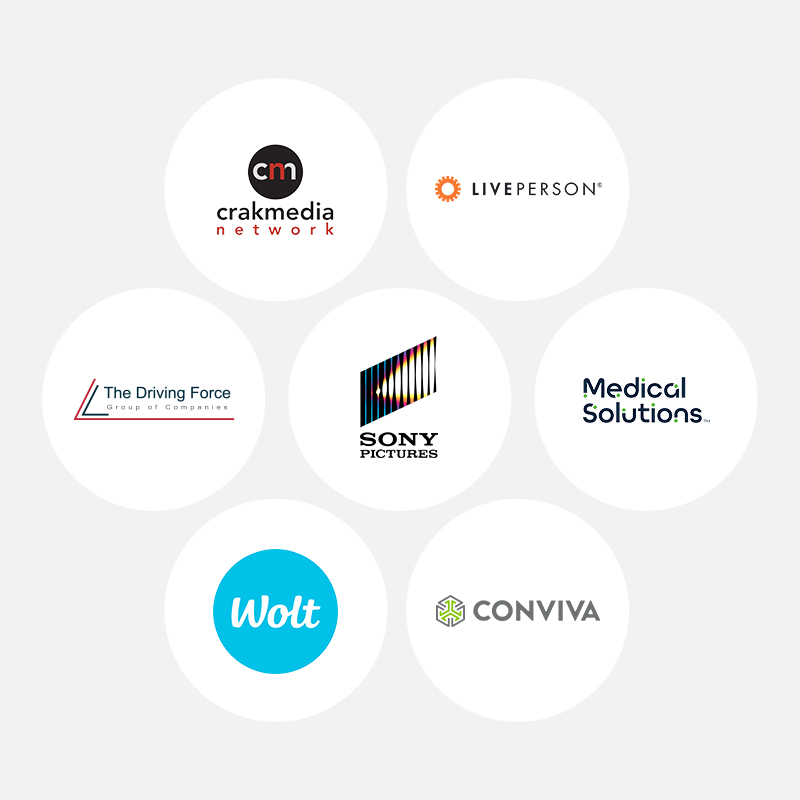Adopting Objectives and Key Results (OKRs) as a goal methodology can make a huge impact on your organization, and as an executive you want to make sure you do it right. Every company is unique, and it should be expected that your OKR program should be tailored to fit your specific needs and requirements. A one-size-fits-all solution won’t work for your company, nor should you want it to. Before setting the timer on your OKR launch, look critically at your team and ask these five important questions.
1: What Pain Points Are We Trying to Solve?
Rolling out an OKR program is a large change management effort. As part of your communication and training required to make that change, you need to connect with individuals by explaining the benefits in their own terms. The training can’t start with how to write OKRs or how to align them in betterworks, but rather with why OKRs are important, now, for our company.
The best way to craft this message is to directly tie it to data. For example, if you’ve run an employee survey and heard overwhelmingly that your employees are unclear on top company initiatives and how their work contributes to them, then you can lead with this problem and provide the visibility of OKRs as the solution.
Likewise, if your employees have responded that their managers don’t properly coach them throughout the year, position your OKR program as the new framework for supporting these regular manager-employee coaching sessions.
Sometimes, you will have multiple benefits you’re targeting by implementing an OKR program. Be sure to communicate the right benefit to the right audience.
2: What Are Our Priorities?
Any company that has built a successful OKR program will stress that it didn’t happen overnight. The process is often compared to going to the gym. It’s a habit above everything, and building habits requires some false starts and a little bit of discipline.
With that being said, you can prevent false starts by focusing on building your habits in the correct order. When you join a gym with an end goal of looking like your personal trainer, you don’t start with that trainer’s routine. If you go through their workout you will fail, feel powerless, and mistakenly conclude that it’s impossible that you could ever lift, run, or jump to that degree.
Start your OKR program like you would your new strength routine: master the little things first.
I recommend measuring the success of your program for your first quarter or two with very simple measures, such as everyone in the company owning a public OKR and talking to their manager at least once about progress. Sure, you want to end up with everyone stretching themselves, but the first habit is developing the discipline to commit to an objective, publicly, on time, every quarter. You can’t lift the barbell if you don’t go into the gym.
3: What is Our Broadcast Medium?
Transparent executive teams say the same thing over and over again. Saying that something is important is not enough; repetition is key for communicating a big, important idea. OKRs represent what you should be living in your day-to-day jobs, so you have to reference the OKRs in your daily work.
How do you make sure your team understands that OKRs are important? Keep saying they are. I have seen countless executive teams write down OKRs and then not reference them again until the end of the quarter, wondering why the company didn’t rally like mad around them. If OKRs are important enough to be prioritized at the beginning of the quarter, they are important enough to mention when you have your company’s attention.
If you have a standing all-hands call or a special company event, schedule an OKR update as part of it. Remember, well-written OKRs are aspirational AND inspirational, so inspire your company at every given opportunity.
Determine now whether you have a regular touchpoint with your whole company where you can reinforce your top company OKRs. If you don’t have one, create one.
4: Who is Your Canary?
When you are trying to change your own habit, it’s easier to keep track of your progress. But tracking your organization’s progress with OKRs requires more careful monitoring. Instead of asking all of your executives to keep on eye on their teams, I recommend designating someone as the main monitor of program success. This could be you, or someone you trust on your team, but the idea is if everyone is responsible for tracking progress then no one really is. Designate someone to report on agreed upon statistics that matter (for example, the number of people with OKRs) and have them update the executive team in regular internal meetings to help avoid issues.
5: What is Our Starting Point?
Lastly, make sure you benchmark where you are when you start OKRs. If you don’t remember how bad things were when you undertook such a huge initiative, you may grow fatigued before OKRs are fully implemented. This is natural, because we become addicted to quick wins and can get discouraged when feeling like progress has plateaued. However, being able to recognize that your plateau is miles above your starting point can give you the energy to continue forward, push yourself and your team, and transform your organization into an OKR behemoth.
So write it down! If you have recent employee engagement survey data, highlight the relevant questions you’re trying to solve for. If you haven’t run a survey, craft the questions carefully and run one before implementation.
Similarly, measure how many people have goals or are talking about them with their manager now. If you have no way to measure, then assume no one is. Your baseline is zero, and your first benefit of tracking OKRs will be to measure that these basic behaviors are happening in your organization. Finally, consider numbers like employee attrition by department as something that can be quantitatively improved by a more transparent, aligned OKR program.
For more insights, get your free copy of Betterworks’ brand-new Ultimate Guide to Utilizing OKRs within Continuous Performance Management® to learn more about creating a goals process that truly drives results for your business.
Additional Resources: Effective Onboarding, Retain Your Top Talent, Create a Feedback Culture








